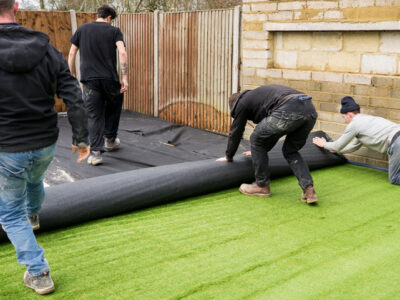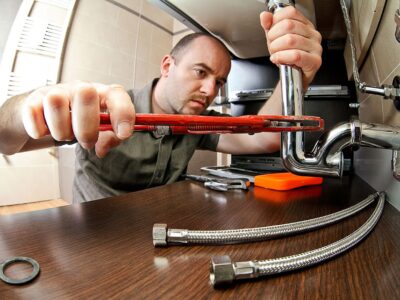
Closed die forging, otherwise known as impression-die forging, is a process used mostly for manufacturing small scale precision parts. While there are a range of custom metal forging processes, closed-die is one of the most common due to its speed and consistency. The process compresses two closed dies together, both with a mould or impression inside, until the two billets meet, leaving the piece of metal inside to form a particular shape inside the parts. This method of forging manufactures higher quality products with an increase in strength and durability. So what are some of the other advantages and disadvantages of this process?
Advantages:
In closed die forging, the metal is manufactured by pushing the grain together. This in turn means the internal structure is compressed and reinforced, producing a continual grain bond throughout the solid shape. This, of course, leads to higher strength and improved working performance.
The benefit of closed die forging is that similar to CNC machining, there are much better accuracy and net shape results than open die forging, due to the two moulds being pushed together forcing the metal to form a more precise shape.
Due to the fact that closed die forging relies on durable and reinforced methods of shaping and manipulating, the process is suitable for almost all types of metal, so long as the metal being shaped is heated to an appropriate temperature.
Another advantage is the use of a closed die method forces the metal to form to a precise shape and causes a strong surface finish. As the moulds and surfaces in which the metal is pushed between are smooth, the finish is very similar to CNC machining and much less rough than open die forging. This of course means fewer post-production costs, leaving the price per unit less and allowing for a higher quality product to be produced for less.
As the precision in closed-die forging is much more reliable than open-die, it can often minimise the need for post-machining. This can be a more cost-effective way of achieving a certain shape when producing multiple copies of the same design. As the method is also enclosed and confined within the moulds, less clean-up is required, less waste is produced and the time it takes to prepare between operational production is lessened. This can also be considered a more environmentally friendly method of producing as the risk of waste and tiny shards of metal are eradicated.
Disadvantages
Obviously, due to the limits of the forging press and the components it takes to forge, there are certain size limitations to consider when thinking of producing with the closed die process. There are also shape limitations to consider, those with an irregular shape, or shapes that aren’t mirrored on each side, also those with internal parts or details within the shape, as the metal will only fit around the crevices made, there is a low level of allowance for specifications inside a particular shape.
Another disadvantage is that initial tooling costs for producing the moulds are high, making the method not cost-effective when conducting short production runs or runs with a wide variety of sizes and designs.
In Summary
While closed die forgings can be initially more time consuming and expensive to set up, often including multiple prototypes to get things spot on, the quality of part and speed of manufacture is hard to compete with. After an initial set up time, parts can be quickly manufactured to exact tolerances and very high standards.
When quality and strength are the most important criteria for a manufactured part, there really is no substitute for forging – and closed die forging is repeatable, consistent and fast.










